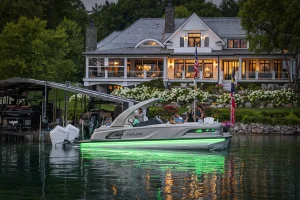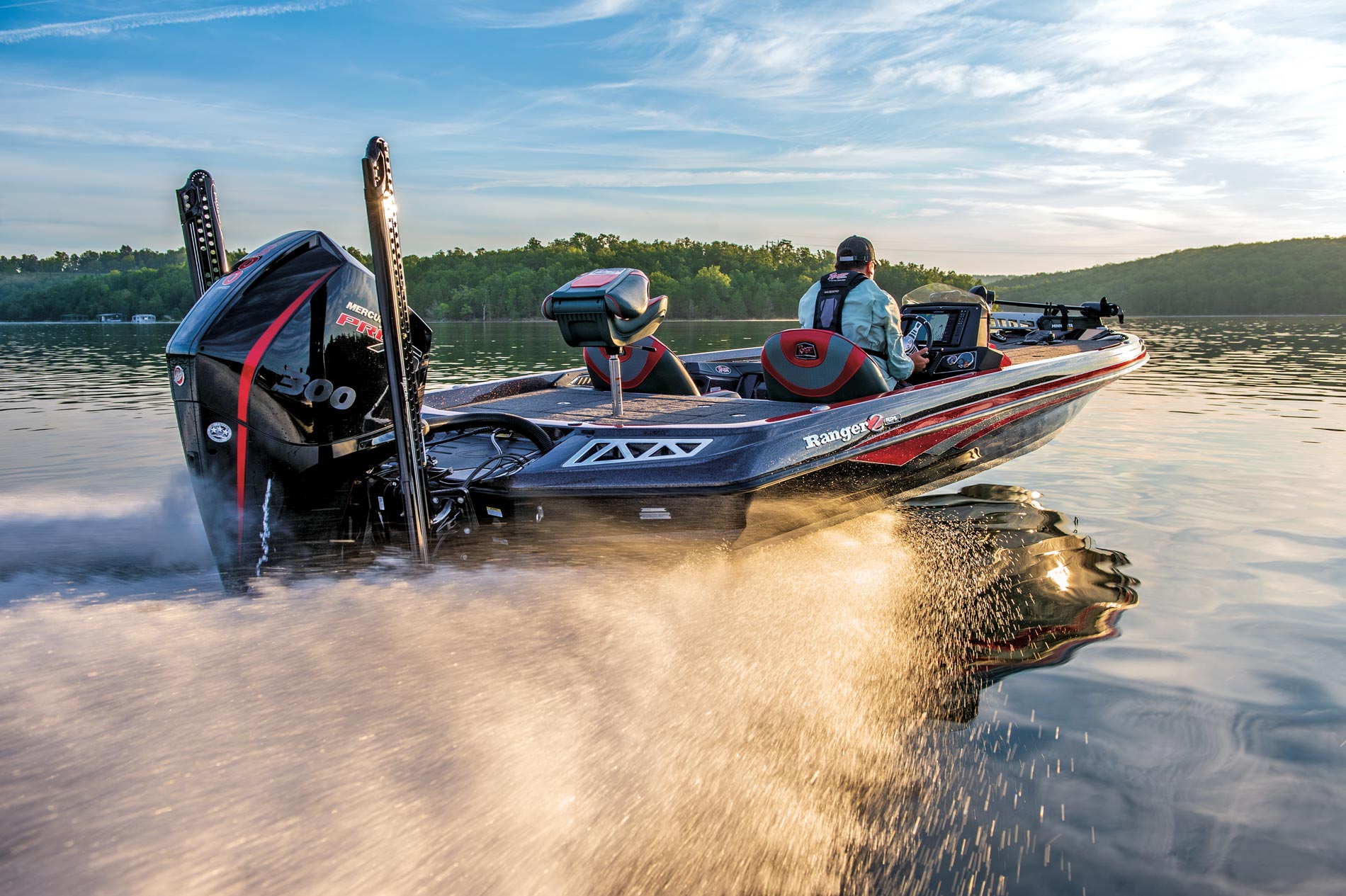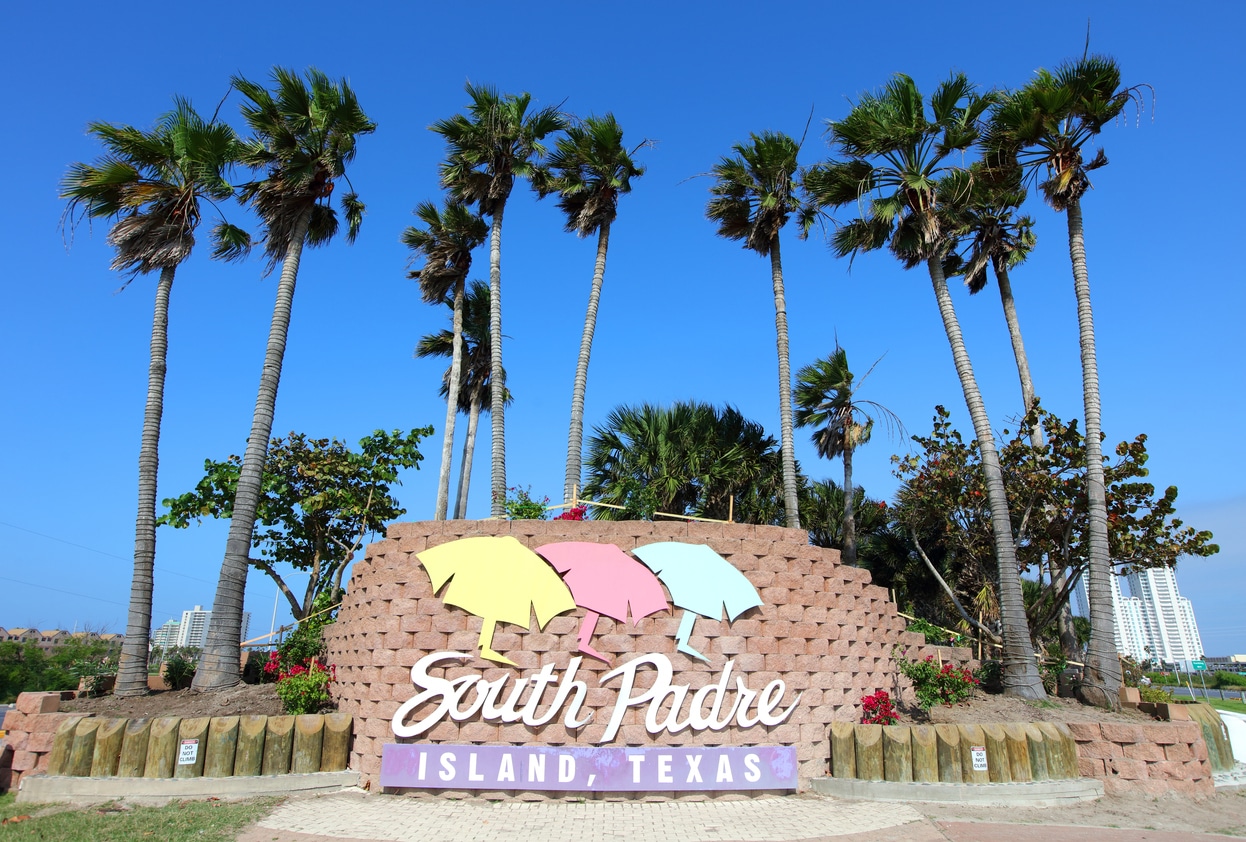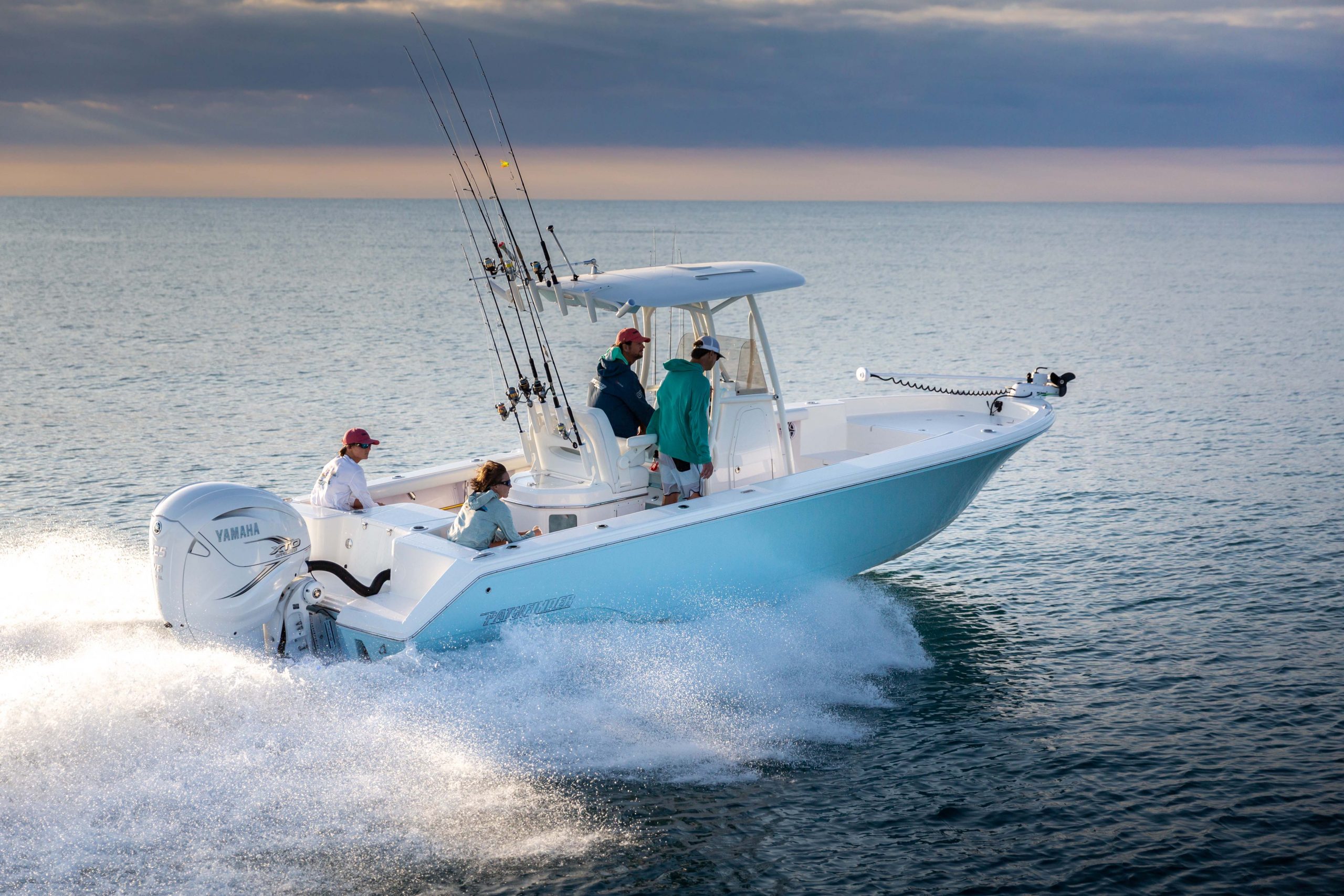
Lemsteraak Boats
Lemsteraak boats are a distinct breed of traditional Dutch sailing vessels, recognized for their historical significance and unique flat-bottom design. Originally used for fishing in the shallow waters of the Frisian lakes and the IJsselmeer, these boats have evolved from utilitarian workboats to cherished yachts that combine heritage with modern sailing comfort. Crafted with attention to detail, Lemsteraak vessels come in various models, each with its own set of specifications tailored to sailing enthusiasts' diverse needs.
Today, the market for Lemsteraak boats includes a range of model sizes and specifications, making them equally suited for competitive racing or leisurely cruising. The pricing reflects a combination of craftsmanship, heritage, and sailing capabilities. Prospective buyers might compare these Dutch masterpieces to other traditional and modern sailboats to understand their competitive position within the yacht world. Ownership of a Lemsteraak boat connects individuals to a rich sailing culture and offers an authentic maritime experience that blends centuries-old tradition with contemporary sailing technology.
Key Takeaways
- Lemsteraak boats are emblematic of Dutch maritime tradition and have transitioned from workboats to luxury sailing yachts.
- These boats are available in various models with specifications that cater to both competitive sailing and recreational cruising.
- The purchasing decision for a Lemsteraak boat involves considering intricate craftsmanship, historical value, and sailing performance.
History and Heritage
The Lemsteraak boasts a rich maritime tradition, deeply anchored within the Netherlands' cultural landscape. It is both a testament to Dutch sailing heritage and a continued symbol of innovation in design.
Origin of the Lemsteraak
The Lemsteraak originates from the historic town of Lemmer in the Netherlands, birthed as a traditional Dutch sailing vessel. Designed initially for the shallow inland waterways of Friesland, its low draft and flat bottom made it ideal for fishing and transportation across the tidal flats and shallows of the Zuiderzee. Recognised for its remarkable sailing capabilities and durability, the Lemsteraak has transitioned from a fishing workhorse to a beloved leisure sailing yacht. It has been acknowledged as a sailing monument and many are listed in the "Varend Erfgoed Nederland", also known as the Register of Sailing Heritage Netherlands.
Significant Models
Throughout its history, the Lemsteraak has seen various models, each bringing unique specifications and innovations to the lineage. Significant models contribute to its legacy, with each having its own story and set of characteristics that appeal to enthusiasts and connoisseurs of maritime history. For instance:
-
Early Models: Often custom-built, these traditional models date back to the late 19th and early 20th century, showcasing craftsmanship and detail.
-
Modern Variants: These incorporate contemporary sailing technology with classic design, offering comfort and performance.
The Lemsteraak's evolution reflects changes in seafaring needs and technological advancements, yet it continues to embody the spirit of traditional Dutch sailing culture. Its enduring presence in the Netherlands, both as a piece of history and a functional sailing yacht, cements its status in the pantheon of maritime treasures.
Design and Specifications
The Lemsteraak is a Dutch barge known for its distinctive features, including a flat bottom, characteristic hull, and elegant sail plans. These specifications offer a blend of tradition and modernity, appealing to both classic sailing enthusiasts and contemporary mariners.
Hull and Architecture
The hull of a Lemsteraak is traditionally crafted from steel, renowned for its robustness and durability. It sports a flat bottom design, enabling it to navigate shallow waters effectively. These vessels vary in length, from modest 9.5 meters up to more expansive models over 17 meters. Beam dimensions are proportionally wide, providing stability and ample deck space. The draft is generally around 1.00m, allowing for access in shallow areas, while the displacement typically ranges from 30,700kg for larger vessels.
Sail Plans
Lemsteraak sailboats are equipped with a notable sail area. Standard models have an upwind sail area of approximately 158.4m², while downwind can reach up to 255m², enabling them to harness a broad range of wind conditions. These sail areas contribute to the Lemsteraak's capacity to reach satisfying speeds under sail, considering their sturdy barge build.
Interior Layout
The interior layout of a Lemsteraak is as important as its exterior features. It combines the charm of traditional barge design with the convenience of modern amenities. Spacious cabins and communal areas are typical, with attention to the quality of materials and finishes. The layout is meticulously designed to maximize space efficiency and comfort for extended voyages or leisure outings.
Models and Variations
Lemsteraak boats come in a variety of models, each offering unique specifications and tailored for different uses. The main distinctions in models revolve around variations known as "Vissermanuitvoering" and "Jachtuitvoering." These terms reflect both the heritage and the functionality of the boats.
Vissermanuitvoering
The Vissermanuitvoering signifies a traditional fisherman's version of the Lemsteraak. They often have a minimalistic interior and are built for optimal sailing performance with a shallower draft suitable for fishing. Models resembling the fisherman style are constructed with a focus on practicality and efficiency at sea. Materials like Oregon pine may be featured for their durability and classic aesthetic in these vessels.
Jachtuitvoering
On the other hand, the Jachtuitvoering denotes a more luxurious "yacht" version. These models generally come with a full interior, including amenities for comfortable cruising and a teak deck to add an element of elegance. Often designed by notable shipyards such as Stofberg or Hindelooper Yard I. Blom, the Jachtuitvoering models embody a blend of tradition with modern comforts, making them suitable for leisure sailing.
Pricing and Purchase
When considering the acquisition of a Lemsteraak, prospective buyers are faced with a range of prices. These prices are significantly influenced by whether the vessel is new or pre-owned, as well as by the dealer offering the yacht. All prices are subject to currency conversion rates at the time of purchase.
New Vessels
New Lemsteraak vessels come with updated features, modern designs, and possibly higher performance capabilities. Prices for these vessels can be substantial, and they vary widely based on size, model, and specifications. It is noted that specializations and customizations offered by dealers such as White Whale Yachtbrokers can significantly affect the final sale price. As a loose reference, new models can begin at an entry-level cost and can ascend to premium price points for the most advanced and large-scale options.
Pre-Owned Market
The pre-owned market offers more varied pricing, often giving buyers the chance at a lower entry price compared to new models. The pricing on used Lemsteraak boats is determined by factors such as the year of manufacture, the condition of the vessel, and the hours logged. Noteworthy dealers and brokerage platforms maintain listings with competitive prices, providing options for different budgets. It's essential for buyers to consider the currency conversion rate at the time of purchase, as it can significantly impact the cost in their local currency.
Operational Aspects
When it comes to Lemsteraak boats, meticulous attention to maintenance and upkeep is essential for preserving their traditional charm and ensuring optimal performance. Equally, understanding the boats' handling characteristics allows for a rewarding sailing experience.
Maintenance and Upkeep
Maintaining a Lemsteraak boat requires consistent inspection and care of its wooden structure and metal components. This traditional sailing yacht demands a higher level of upkeep due to its craftsmanship. Owners should regularly check for any signs of wood rot or corrosion, especially after sailing in saltwater. The boat's hull must be cleaned and inspected annually, and any damaged varnish or paint should be renewed to prevent water ingress.
Engines that power some Lemsteraak models need regular oil changes, filter replacements, and cooling system checks. For instance, motors with up to 110 horsepower enable higher performance but may also necessitate more frequent maintenance checks.
Handling and Performance
Lemsteraak boats are known for their distinctive sailing experience, combining the stability of a flat-bottom with impressive maneuverability. The handling of these boats is unique due to their large sails and substantial keel, requiring sailors to have a firm grasp of wind conditions and sailing techniques.
Speed and distance capabilities can vary among models. Sailing yachts like the Lemsteraak are crafted to harness wind power efficiently, allowing for a smooth and steady voyage rather than speed racing.
They can advance smoothly in shallow waters, with a typical draught of around 1.00m (3ft 3in), making them well-suited for the often shallow Frisian inland waterways. Their leeboards help to stabilize the boat when subjected to side winds, contributing to their excellent upwind capabilities.
In sum, the Lemsteraak boats require a dedicated approach to maintenance and a skilled hand at sailing to enjoy their full potential on the water.
Cultural Significance
The Lemsteraak holds a revered spot in the maritime culture of the Netherlands, symbolizing both tradition and innovation in Dutch craftsmanship. This vessel is not merely a boat but a sailing monument deeply interwoven with the rich seafaring history of the region.
Lemsteraak in the Netherlands
The Lemsteraak is a traditional Dutch sailing yacht known for its distinctive flat bottom and impressive sailing capabilities, particularly in shallow waters. Originating in the town of Lemmer in the Netherlands, the Lemsteraak has become an icon of Dutch maritime heritage. These boats were primarily used for fishing in the Zuiderzee, now known as the Ijsselmeer. Today, they are coveted for leisure sailing and maintain a strong cultural presence across the Netherlands.
Preservation Efforts
Organizations such as Varend Erfgoed Nederland — which translates to 'Netherlands Sailing Heritage' — are active in the preservation and promotion of traditional Dutch vessels, including the Lemsteraak. These boats are part of a broader collection of vintage vessels recognized as "varende monumenten" or sailing monuments. Preservation efforts involve restoring and maintaining these historic boats to ensure they continue to grace Dutch waters.
Events and Regattas
Competitive racing and festivals involving the Lemsteraak are central to fostering an appreciation for this maritime legacy. Events like the annual regattas in Vlieland, a Wadden Sea island, provide a stage for these boats to showcase their grace and prowess. Such events not only serve as a competitive sport but also celebrate Dutch sailing culture, bringing enthusiasts together in a display of historical pride and craftsmanship.
Competitive Landscape
In the distinctive niche of traditional Dutch sailing vessels, the Lemsteraak boats not only remain a classic choice for enthusiasts of recreational boating activities but also encounter various competitors that offer unique qualities and specifications. As we break down the competitive dynamics of this market, we'll explore how the Lemsteraak lines up against similar vessels and its market positioning.
Comparison to Similar Boats
Lemsteraak boats stand out with their blend of history and performance, having evolved from Frisian fishing boats to elegant yachts suitable for shallow waterways. Competitors, such as boats manufactured by Kuperus and Multiship Harlingen, challenge the Lemsteraak with their own interpretations of traditional Dutch designs, often incorporating modern technologies and amenities. While Kuperus might emphasize craftsmanship and customization, Multiship Harlingen is known for the robust engineering of its vessels. Characteristics such as size, hull shape, and rigging are meticulously compared by potential buyers who value not just the sailing performance but also the vessel's heritage and aesthetic.
- Lemsteraak: Traditional design, versatile for both racing and leisure.
- Kuperus: Focuses on tailor-made aesthetics and craftsmanship.
- Multiship Harlingen: Renowned for structural integrity and modern adaptations.
Market Positioning
The Lemsteraak has positioned itself as a premium option in the market, appealing to buyers who are drawn to the vessel's historic charm and sailing capabilities. Prices for these boats can range significantly, reflecting the level of customization and craftsmanship involved. As indicated by listings, a basic Lemsteraak could be valued from €25,000, ascending up to €765,000 for top-tier models.
The market for traditional sailing yachts is relatively niche but passionate, with buyers often having a deep appreciation for nautical history and the sailing experience. The Lemsteraak faces competition from both domestic and international builders who offer similar traditional yachts with varying degrees of modernity and luxury. This competitive landscape compels Lemsteraak builders to continually innovate while staying true to the boat's storied past. The brand’s market positioning hinges on a careful balance of preserving tradition and integrating contemporary enhancements to meet the evolving demands of today's sailor.
Ownership Experience
Owning a Lemsteraak is more than just possessing a boat; it's about embracing a rich sailing heritage and joining a community passionate about this traditional Dutch craft. Owners can expect to experience a distinct nautical lifestyle characterized by both the timeless allure of these vessels and the practical aspects of their value in the boating marketplace.
Community and Clubs
The Lemsteraak class boats enjoy a vibrant community, with owners sharing a deep appreciation for the maritime tradition. They often participate in recreational boating activities, including club events, regattas, and social gatherings. One can find fellow enthusiasts and clubs dedicated to the Lemsteraak lifestyle, such as the Register of Sailing Heritage Netherlands, which aims to preserve the history and culture surrounding these unique yachts.
Resale Value and Market Trends
When it comes to the resale value of a Lemsteraak, several factors play a role, including the boat's condition, age, and provenance. The market for these boats remains relatively stable due to their niche appeal and classic status. Lemsteraak models can vary significantly in price, from more accessible options to premium, custom-built yachts commanding higher costs. Recent trends indicate that well-maintained models maintain their value, particularly if they come from a reputable builder or have historical significance. Here is a quick glance:
- Basic models: Start at around €25,000
- High-end, advanced models: Can go up to €765,000 or more
Owning a Lemsteraak is not only about the joy of sailing but also an investment in a piece of sailing heritage, with the potential for the boat to retain or even appreciate in value over time.
Manufacturers and Builders
Lemsteraak yachts are intricately built by seasoned shipyards, each bringing a unique touch to the design and craftsmanship of these vessels. Expert designers play a pivotal role in creating the distinctive and functional features of these traditional Dutch sailing boats.
Key Shipyards
-
Blom: Located in the Netherlands, Blom shipyard is known for its expertise in building traditional Lemsteraak boats. The yard has a well-established reputation for producing high-quality vessels that boast of classic design and enduring construction.
-
Kuperus: Kuperus is another respected name in the manufacture of Lemsteraak boats. This shipyard prides itself on its combination of age-old techniques and modern innovations to create boats that are loved by purists and modern sailors alike.
-
E. Kuperus: E. Kuperus, often regarded as a distinct entity from Kuperus, also contributes to the legacy of Lemsteraak construction. Their boats often reflect a synergy between time-honored methods and contemporary maritime engineering.
Prominent Designers
- Dirk Blom: A prominent figure in the world of Lemsteraak boats, Dirk Blom has made significant contributions to the design and aesthetics of these vessels. Their designs often reflect a deep understanding of maritime heritage while incorporating improvements for present-day sailing needs.
Each of these manufacturers and designers has played a crucial role in preserving the Lemsteraak's distinct legacy while pushing its boundaries to adapt to new advancements in the boating industry. The synergy between timeless design and modern requirements sets these builders apart in the maritime world.
Technical Specifications
Lemsteraak boats boast meticulous engineering and design, ensuring a balance between elegance and performance. Notable for their robust construction and traditional aesthetic, these vessels are tailored to both novice and experienced sailors.
Dimensions
- Length: Typically, Lemsteraak boats range in length from 10 meters (33 feet) to over 17 meters (55 feet), providing options for different sailing needs and preferences. An example can be seen with the 2001 Lemsteraak Sailing Yacht, spanning a total length of 15.85 meters (52 feet).
- Beam: The beam, or width, of Lemsteraak boats is designed to offer stability and spaciousness onboard.
- Draft: The draft of these boats is carefully calibrated to optimize performance while ensuring they are capable of navigating shallower waters.
Construction Materials
- Hull Material: The hulls are commonly made from steel, chosen for its durability and ability to withstand various marine conditions.
- Decking: Many Lemsteraak models feature a teak deck, appreciated for its longevity and slip-resistant qualities.
- Masts and Spars: Crafted traditionally from Oregon pine, a material chosen for its strength-to-weight ratio and its classic appearance, which complements the overall design of the vessel.
The technical specifications of Lemsteraak boats reflect their historic Dutch sailing heritage, tailored to the demands of modern sailing enthusiasts. Whether it's the craftsmanship of their steel hulls or the classic appeal of pine and teak, these boats are a testament to nautical engineering.
Frequently Asked Questions
The Lemsteraak class of boats encompasses a diverse range of models, specifications, and prices, setting itself apart in the luxury sailing boat market with unique features. Potential buyers and sailing enthusiasts may have several questions about these distinct Dutch yachts.
What are the common models of Lemsteraak boats available on the market?
Common models of Lemsteraak boats on the market include the traditional sailing yacht and the Blom designed Lemsteraak. They vary in size and specifications and are offered for sale by various specialized yacht brokers and dealers.
What are the typical specifications for a Lemsteraak boat?
Typical specifications for a Lemsteraak boat can include a draft of approximately 1.00 meter (3 feet 3 inches), a displacement of around 30,700 kg (67,680 lbs), and a sail area that may be upwards of 158.4 square meters (1,705 feet) upwind. More details can be found on their specific models.
How do Lemsteraak boats' prices compare with other similar sailing yachts?
Lemsteraak boats are typically priced from about €25,000 for basic models to €765,000 for advanced ones. Prices reflect various factors, such as size, amenities, and materials used. They are considered valuable across a range of budgets within the luxury sailing yacht market.
Which brands are considered direct competition to Lemsteraak in the luxury sailing boat category?
Direct competition to Lemsteraak in the luxury sailing boat category includes brands that specialize in premium quality and traditional design, such as Hoek Design and Dykstra Naval Architects, known for crafting high-end custom sailing yachts.
Can you list the features that distinguish Lemsteraak boats from other sailing vessels?
Features that distinguish Lemsteraak boats include their classic flat-bottom design suitable for shallow waters, traditional leeboards to reduce drift, and a gaff rig, offering a blend of heritage and performance. These traits make the Lemsteraak ideal for both leisure and competitive sailing.
What factors contribute to the price differences among various Lemsteraak models?
Factors contributing to the price differences among various Lemsteraak models include the boat's size, vintage, the intricacy of the woodwork, custom features, sailing equipment quality, and restoration status. High-performance models with more advanced sailing features also tend to be priced higher.


















